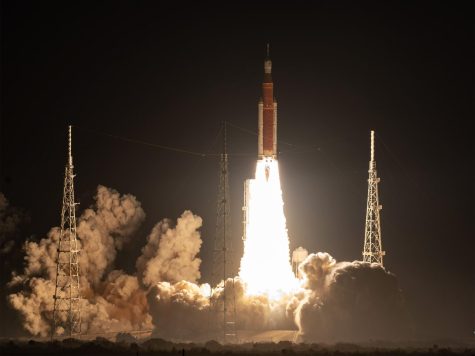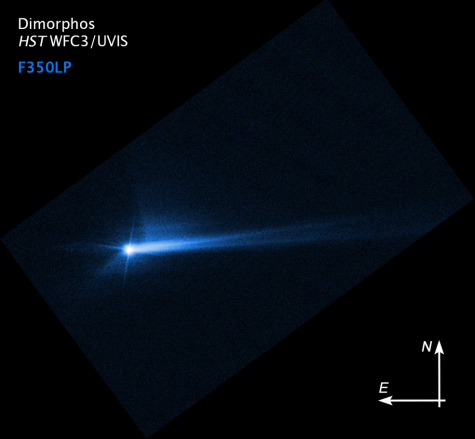Space X’s Starlink expands in successful launch (and landing)
Starlink, a megaconstellation of low-orbit satellites that acts as a network system, now has over 2,000 satellites in orbit, with the launch of 49 more Jan. 19. Lifted upward by the SpaceX Falcon 9 rocket which deployed these stations around 15 minutes after take-off, this marks the 36th Starlink mission to date.
The Falcon 9 rocket is unique itself because its booster is capable of landing after launch, creating unique opportunities to reuse the same part. As part of the first stage of the rocket, it touched back down on a Starlink drone ship nine minutes into the mission as the second stage continued on with the satellites.
The concept of satellite communication is nothing new, however historically they have typically been in higher orbit unlike Starlink’s stations. Additionally, these particular satellites do not rely on ground relays of information and can communicate directly with one another. Another added benefit is that the satellites all work together as one system, which means that trying to bring Starlike offline would require a simultaneous cyberattack on nearly every satellite. Although the system has yet to face a situation that could result in such a large-scale attack, it has proven resilient so far and will expand even more in the future. SpaceX has received approval from the U.S. to launch a total of 12,000 satellites, and Musk hopes to add an additional 30,000 to that agreement. Whether this comes to fruition or not is yet to be determined, but it is clear that Starlink is quickly becoming a force to be reckoned with.










